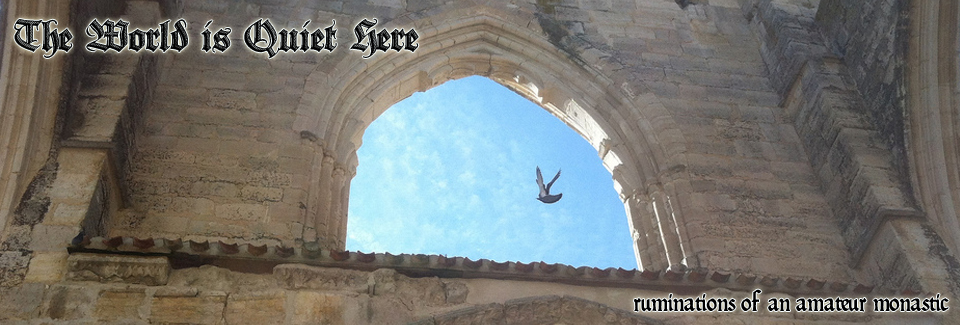O Oriens

It is altogether right and proper that we should celebrate Christ as the bringer of light on this, the day of the winter solstice. This was an ancient holy day in many religions, as indeed it continues to be.
On this, the shortest day of the year in the northern hemisphere, where people for eons have begged their divinity for the restoration of the light, and looked forward in joy at the lengthening of days, we too implore Christ to come and enlighten us who dwell in the shadow of death.

The people who walked in darkness have seen a great light; Upon those who dwelt in the land of gloom a light has shone. (Isaiah 9:1[2])
It is not for nothing that the sanctuaries of Christian churches have traditionally been placed in the east. It is not for nothing that prior to the mid-twentieth century it was the common custom in all apostolic churches for the clergy and congregation to face east together during the sacred liturgy.
Having said that, there’s a common myth these days that the date for Christmas was set to coincide with the pagan festivals of the solstice, but it’s clearly not true.
The day for Christmas has its basis in the Bible.

The only Pagan holiday on 25 December is that of Sol Invictus, which was established on that date by the Emperor Heliogabalus in the third century, at least a century after the Christians had been celebrating Christmas on that day. Who’s appropriating what here?
Original Latin:

Englished:


